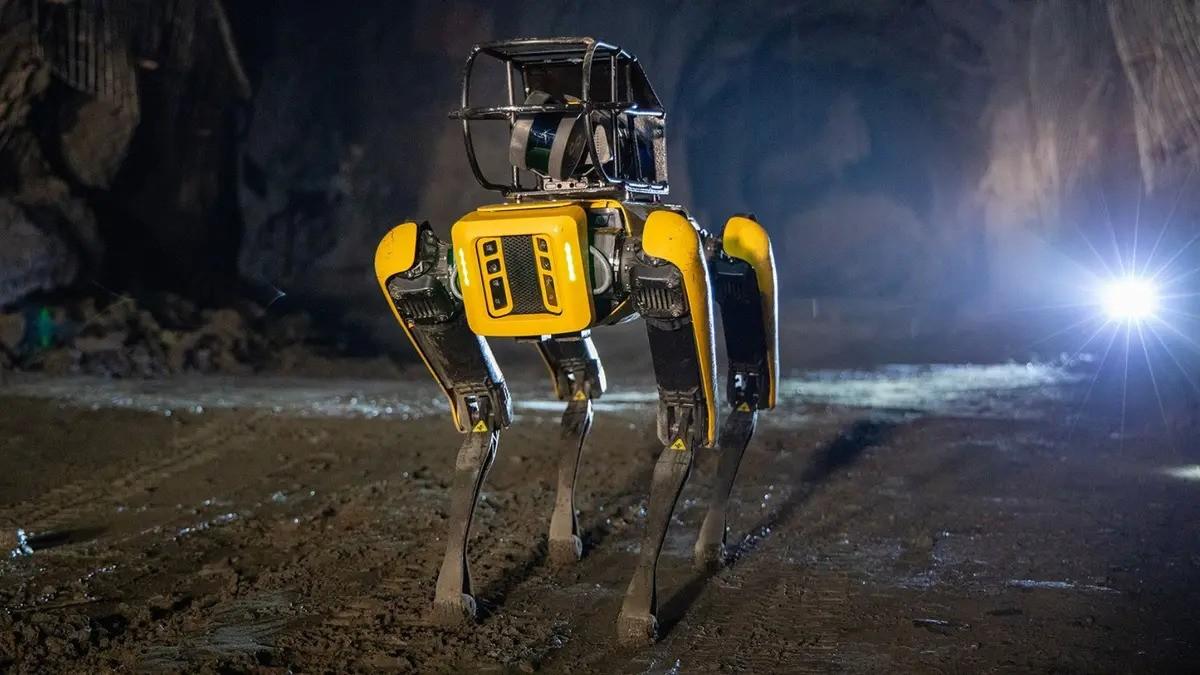At the Fairbanks airport, the Alaska Department of Transportation and Public Facilities (DOT&PF) has initiated a trial of a robotic dog named Aurora to address wildlife risks. Crafted in the likeness of a coyote or fox, Aurora aims to dissuade wild animals from venturing near aircraft, thereby bolstering safety and operational protocols. Manufactured by Boston Dynamics, the robot, funded by a $2 million federal grant, carries an approximate price tag of $70,000.
Alaska faces a significant challenge with wildlife strikes near airports, as highlighted by 92 incidents recorded last year, with 10 in Fairbanks alone. While most encounters are harmless, they pose a risk of catastrophic accidents, exemplified by the 1995 AWACS jet crash at Elmendorf Air Force Base, which claimed 24 lives due to a collision with geese.
Prior attempts to address this issue included using flying drones to spray repellents, but this was rejected by regulators. Another unconventional approach involved releasing pigs near Anchorage airport in the 1990s to consume waterfowl eggs. The introduction of Aurora represents a novel and potentially more effective solution.
Ryan Marlow from the Alaska Department of Transportation emphasizes the increasing use of remote technology in Alaska for various purposes, from monitoring road conditions to aiding in search and rescue operations. However, the Alaska Department of Public Safety (DPS) clarifies that they have no plans to deploy robots for surveillance or general public safety.
“The only goal of this is to act as a predator and allow us to invoke that response in wildlife without having to use other means,” said Marlow to Canadian legislators last week.
Aurora’s primary task is to mimic a predator’s behavior, thereby discouraging wildlife from approaching aircraft. The robot is currently undergoing testing and will patrol the airport vicinity hourly during the migrating bird season, starting in the fall. It can interchangeably resemble a fox or a coyote by swapping its panels. The absence of animal fur ensures its waterproof nature, while remote control capabilities facilitate maneuverability over diverse terrains.
Although Aurora does not incorporate artificial intelligence, it utilizes cutting-edge technology for navigation. The robot operates under constant human supervision and can be controlled via a tablet, computer, or automated scheduling. If successful, the trial could pave the way for similar robotic units to be deployed in smaller airports across Alaska, offering a cost-effective alternative to human deterrent teams.
In essence, the introduction of Aurora represents a promising initiative to mitigate wildlife hazards at airports, underscoring Alaska’s innovative approach to addressing unique challenges in its environment.

